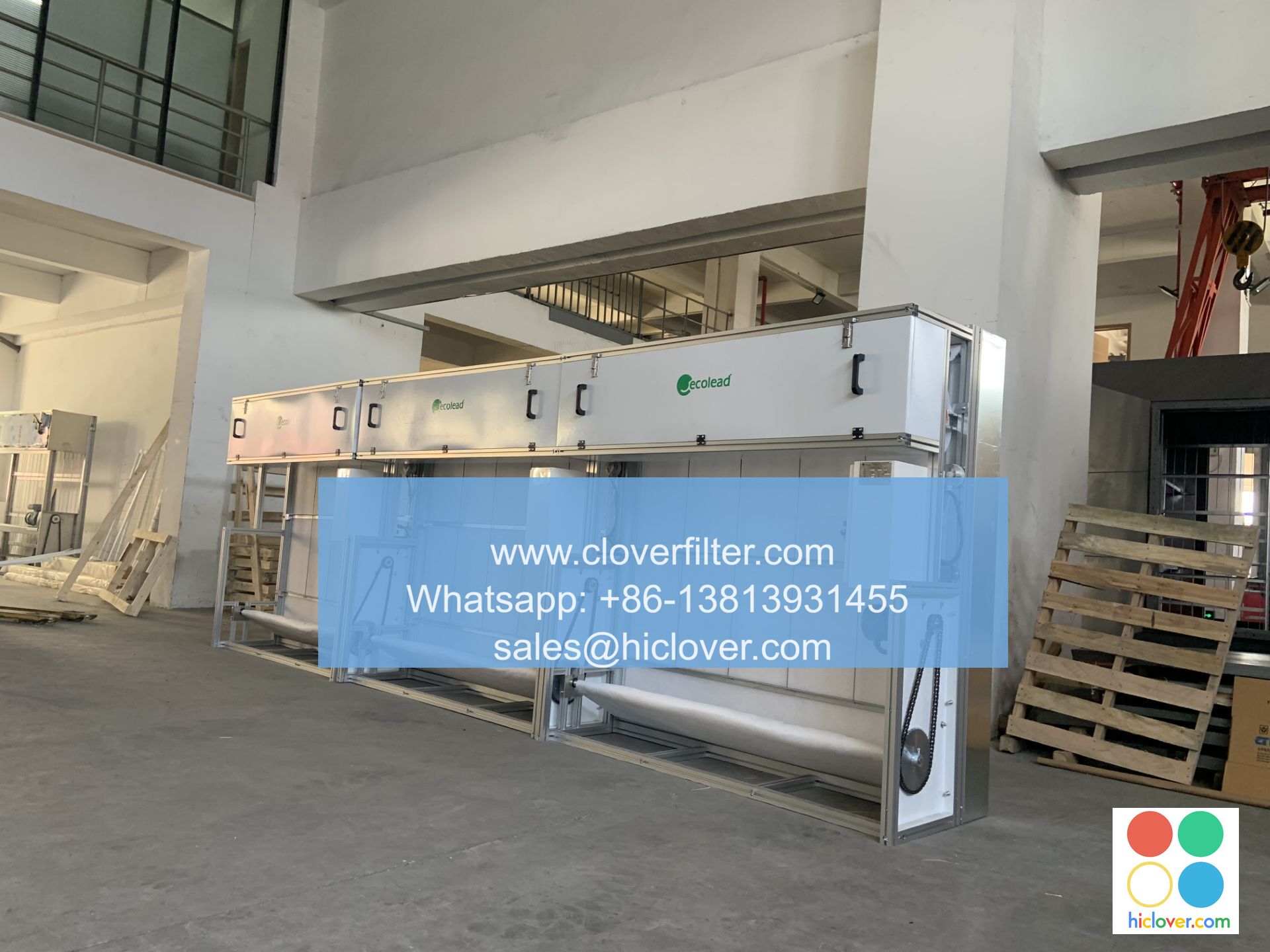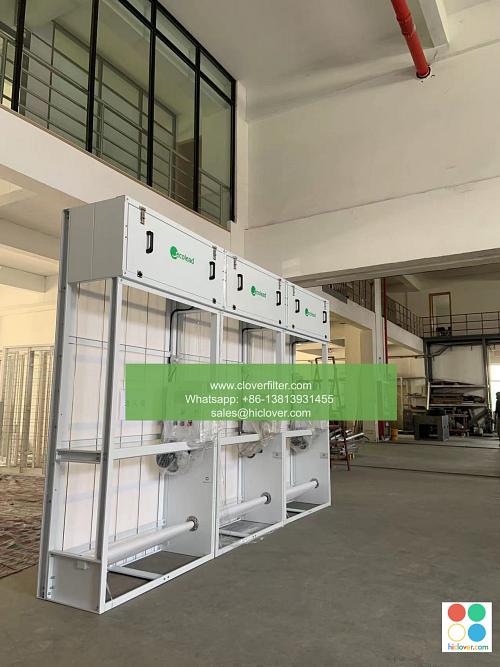How to Test Your Air Filter’s Cleanliness

Air filters play a crucial role in maintaining good indoor air quality, HEPA filtration, and air purification systems. A clean air filter is essential for removing airborne pollutants, allergens, and particulate matter from the air. In this article, we will discuss the importance of testing your air filter’s cleanliness and provide a step-by-step guide on how to do it.
Why Test Your Air Filter’s Cleanliness?
Testing your air filter’s cleanliness is essential for several reasons:
* Improved indoor air quality: A clean air filter ensures that the air in your home or office is free from harmful pollutants and allergens.
* Energy efficiency: A dirty air filter can increase your energy bills and reduce the efficiency of your HVAC system.
* Extended filter life: Regular testing and maintenance can extend the life of your air filter and reduce the need for premature replacement.
Methods for Testing Air Filter Cleanliness
There are several methods to test the cleanliness of your air filter, including:
* Visual inspection: Check the filter for visible signs of dirt, dust, and debris.
* Air flow measurement: Use an anemometer to measure the air flow rate and check if it is within the recommended range.
* Pressure drop test: Measure the pressure drop across the filter to determine its cleanliness and efficiency.
* MERV rating test: Check the filter’s Minimum Efficiency Reporting Value (MERV) rating to determine its ability to capture particulate matter.
Step-by-Step Guide to Testing Your Air Filter’s Cleanliness
Here’s a step-by-step guide to testing your air filter’s cleanliness:
1. Turn off your HVAC system and ensure it is cool to the touch.
2. Locate the air filter and remove it from the system.
3. Inspect the filter visually for signs of dirt, dust, and debris.
4. Use an anemometer to measure the air flow rate and check if it is within the recommended range.
5. Measure the pressure drop across the filter using a manometer or pressure gauge.
6. Check the MERV rating of the filter to determine its ability to capture particulate matter.
7. Compare the results with the recommended values and determine if the filter needs to be cleaned or replaced.
Application Areas for Clean Air Filters
Clean air filters have a wide range of applications, including:
* Residential HVAC systems
* Commercial air purification systems
* Industrial air filtration systems
* Healthcare facilities
* Laboratories and research facilities
In conclusion, testing your air filter’s cleanliness is essential for maintaining good indoor air quality, energy efficiency, and extending the life of your air filter. By following the step-by-step guide outlined in this article, you can ensure that your air filter is clean and functioning efficiently. Remember to replace your air filter regularly and use high-quality air filters with a high MERV rating to capture particulate matter and airborne pollutants. It seems like you’re ready to start a conversation or ask a question, but you haven’t provided a prompt yet. What would you like to talk about or ask? I’m here to help with any topic or question you have!

